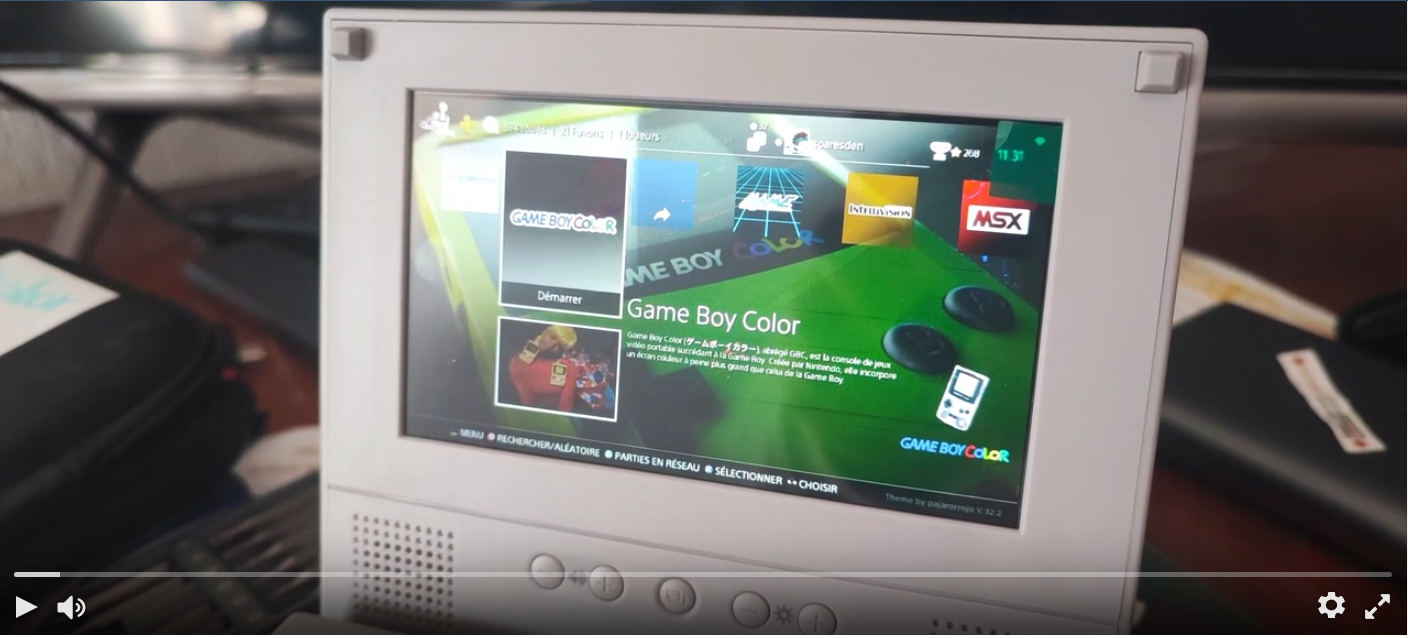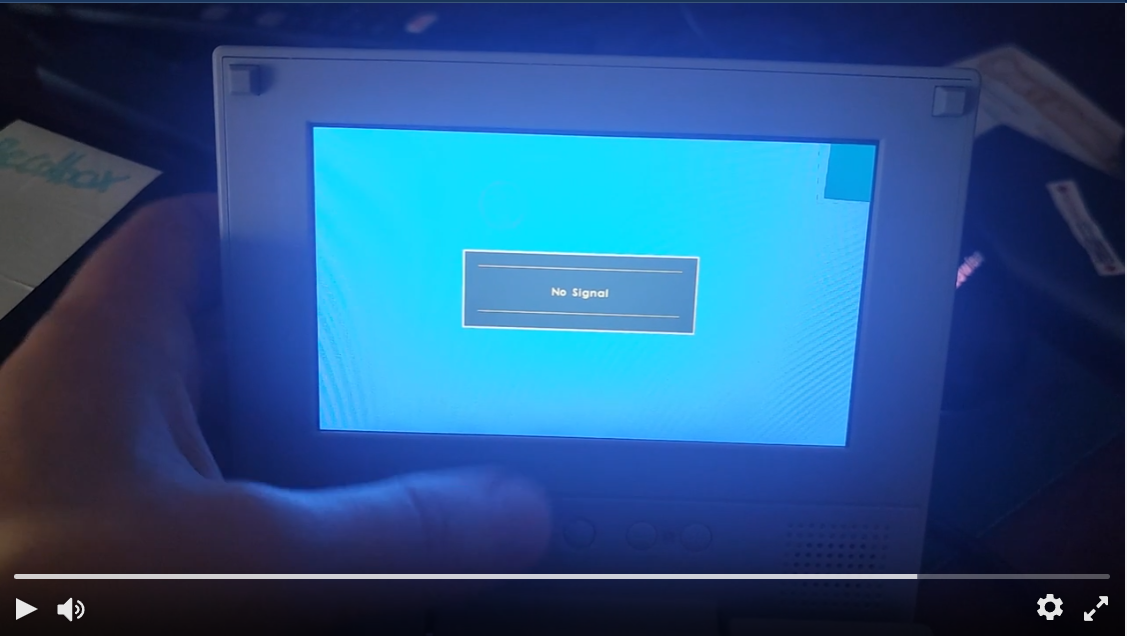this is the exact lines you put at the end of your config.txt file?
# This sets 1080p as the default
hdmi_drive=2
hdmi_group=1
hdmi_mode=16
# This sets 720p for PiStation LCD only
[EDID=YDK-YD2680]
hdmi_drive=2
hdmi_group=2
hdmi_mode=85
Hi Team !
I just got the new LCD Pistation LCD to cover pi4
It seems that this screen is 720p and it deliver to the screen via his HDMI port 720p as well. The problem is that I was used to force hdmi group and resolution to force it to 1080p
Even if I force i mode 85 (720p), the screen isn't recognized Also, I can't make it work without blinking and stuff.
I'm available from some tests
https://streamable.com/qvv6ks
https://streamable.com/mxqahw
I also try to edit this via GBATEMP forum : https://gbatemp.net/threads/popping-sound-from-pistation-lcd-screen-forced-resolution.604487/#post-9707802
It's the beginning of a solution I guess ? (for ENID and start at some point)